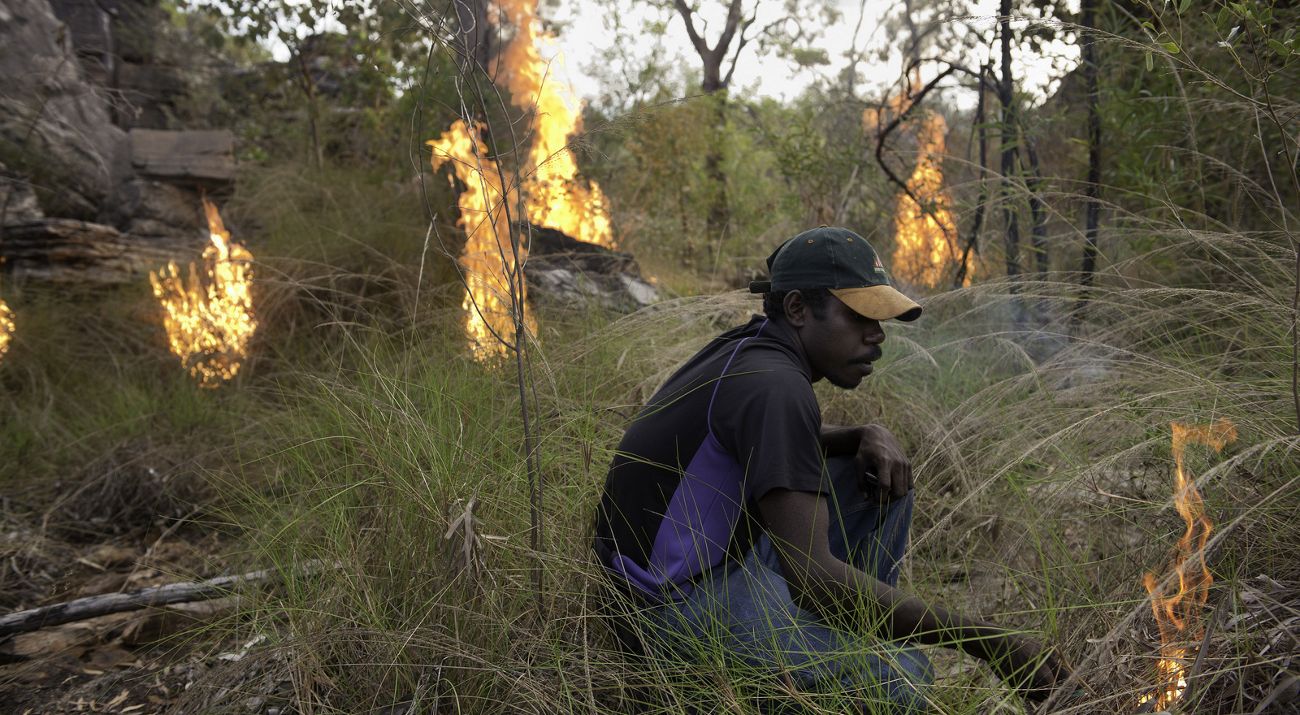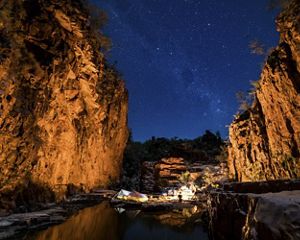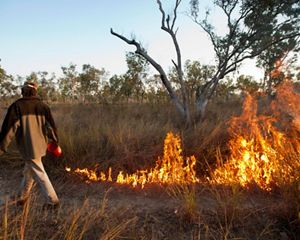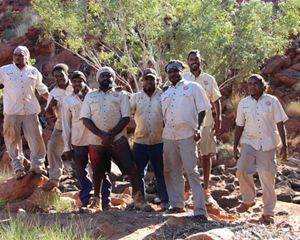Media Contacts
-
Tony Jupp
Associate Director of Communications
Email: tjupp@tnc.org
Analysis of the latest northern Australia fire scar data* by scientists from The Nature Conservancy demonstrates how Indigenous land managers across northern Australia are making significant progress in reversing the destructive spread of late dry season wildfires.
By reinstating their traditional early dry season burning practices – as employed by Indigenous Australians for 60,000 years – the extent of the more destructive late season fires has reduced by 29% compared to the 2008-2012 period before the program began. In 2004 late season burning peaked at 41.65 million hectares compared to 14.33 million hectares in 2019. With this reduction comes less overall greenhouse gas emissions and meaningful long-term employment for Indigenous communities.
David Hinchley is The Nature Conservancy’s Outback Manager. In Darwin this week attending the 2020 North Australia Savanna Fire Forum – Australia’s largest gathering of fire managers hosted by the Indigenous Carbon Industry Network – Hinchley said: “The Nature Conservancy has been supporting Indigenous land managers across Australia’s tropical savannas for many years. It’s very encouraging to see the results of that work having such a significant positive impact for the environment and for Indigenous communities.”
“With 300 people attending the forum this week, it shows the increasing level of interest and commitment to improving even further, fire management practices across the north.”
Fire is a natural part of Australia’s northern savannas but large, late dry season wildfires increased in scale after European settlement. By reinstating traditional Indigenous patterns of burning, late season wildfires can be reduced. The net result of this shift in burning back to a regime more like pre-European times is a measurable reduction in greenhouse gas emissions – a reduction that corporations and the Australian Government (through its Emissions Reduction Fund) pay for as a way to fight climate change.
Indigenous-led improvement in fire management across our tropical savannas has significantly reduced greenhouse gas emissions and provided an estimated 600 sustainable jobs for Indigenous land managers in recent years.
The maps below compare fire scar data from 2012 and 2019. They show a significant shift in fires from the late to the early dry season, particularly in north Queensland.
The graph below shows the downward trend in the extent of highly destructive late season wildfires (red line) and the upward trend of less damaging early season burns (green line). This demonstrates the effectiveness of early season burning in reducing the extend of late season wildfires.
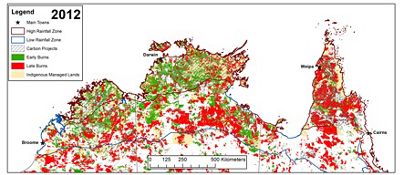
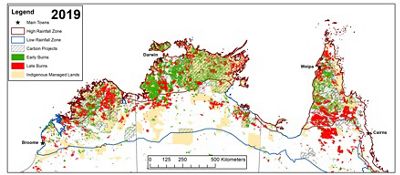
The graph below shows the downward trend in the extent of highly destructive late season wildfires (red line) and the upward trend of less damaging early season burns (green line). This demonstrates the effectiveness of early season burning in reducing the extend of late season wildfires.
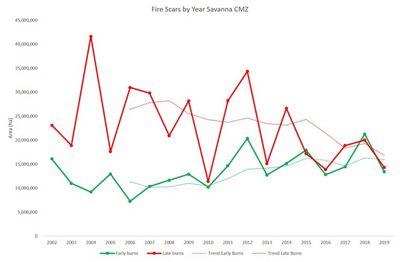
“Early dry season savanna burning is currently providing around $15 million income for Indigenous land managers across our north each year. Net reductions in greenhouse gas emissions across northern Australia as a result of this shift in burning amount to 1-1.5 million tonnes per annum or the equivalent of taking 400,000 cars off the road,” added Hinchley. “That’s supporting conservation management across 20 million hectares of our northern savannas - an area three times the size of Tasmania.”
*Data obtained from the NAFI.
The Nature Conservancy is a global conservation organisation dedicated to conserving the lands and waters on which all life depends. Guided by science, we focus on getting things done efficiently and with the greatest positive impact for conservation. We’re a trusted organisation working in more than 70 countries and territories around the world on innovative solutions to our world’s toughest challenges so that nature and people can thrive together. To learn more about The Nature Conservancy in Australia, follow us on Facebook.
